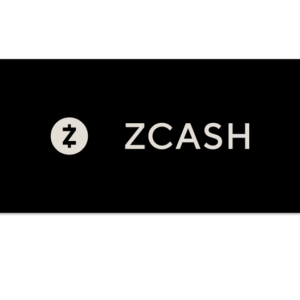$ETH #CryptoNews #Ethereum #StakingRewards #Blockchain #SmartContracts #CryptoRisk #LiquidityRisk #Bernstein #CryptoTreasuries #Fintech
What Risks Do Ethereum Treasuries Face That Bitcoin Firms Don’t? Learn What Experts Say.
In the evolving landscape of cryptocurrency treasuries, the unique position of Ethereum has become a focal point for analysis. Recent ethereum news highlights how Ethereum treasuries are not only generating staking rewards but are also navigating through associated risks that are distinct from those faced by Bitcoin-oriented firms.
Understanding Ethereum’s Staking Rewards
Ethereum’s shift to proof-of-stake via the Ethereum 2.0 upgrade has introduced staking as a significant component for revenue generation for many firms holding large amounts of Ether. Staking involves locking up cryptocurrencies to support network operations, in return for rewards. This mechanism is akin to earning interest in a traditional banking setting but operates within the decentralized Ethereum blockchain.
Liquidity Risks: A Primary Concern
However, this innovation does not come without its challenges. One of the primary issues arising from staking is liquidity risk. When Ether is staked, it is locked up and cannot be easily accessed or sold until certain conditions are met. This can pose a significant risk during market volatility, where access to liquid assets becomes crucial. Consequently, firms must balance the potential rewards against the risk of reduced liquidity.
Smart Contract Vulnerabilities
Moreover, another layer of risk involves smart contracts—the self-executing contracts with the terms of the agreement directly written into code. While they are a foundational aspect of Ethereum’s functionality, they also expose treasuries to potential vulnerabilities. Smart contract risks include bugs or flaws in the code that can lead to loss of funds or unexpected behaviors, which can have severe financial implications for large-scale treasury operations.
Comparative Analysis with Bitcoin Treasuries
Unlike Ethereum, Bitcoin does not offer a staking mechanism, as it operates on a proof-of-work model. Bitcoin treasuries thus do not face the same kind of liquidity and smart contract risks associated with staking operations. This fundamental difference in technology underscores unique risk profiles for treasuries based on the type of cryptocurrency they manage.
Strategies for Mitigation
To mitigate these risks, firms are adopting various strategies. These include diversifying their investment and operational approaches, employing advanced security measures to safeguard against smart contract vulnerabilities, and maintaining a balance between staked and liquid assets.
For those interested in further details about managing cryptocurrency investments and understanding the intricacies of Ethereum’s network, consider exploring additional resources and expert analyses here.
Future Outlook
As the cryptocurrency landscape continues to mature, the dialogue surrounding the risks and rewards of Ethereum treasuries is likely to evolve. Staying informed through reliable sources and ongoing education is crucial for investors and firms alike. For those looking to deepen their knowledge of cryptocurrency mechanisms and market strategies, visiting educational platforms such as Binance can be beneficial.
In conclusion, while Ethereum offers innovative avenues for revenue generation through staking, it also necessitates a thorough understanding and management of associated risks. By carefully assessing these factors, treasuries can leverage Ethereum’s capabilities effectively while safeguarding their assets.











Comments are closed.